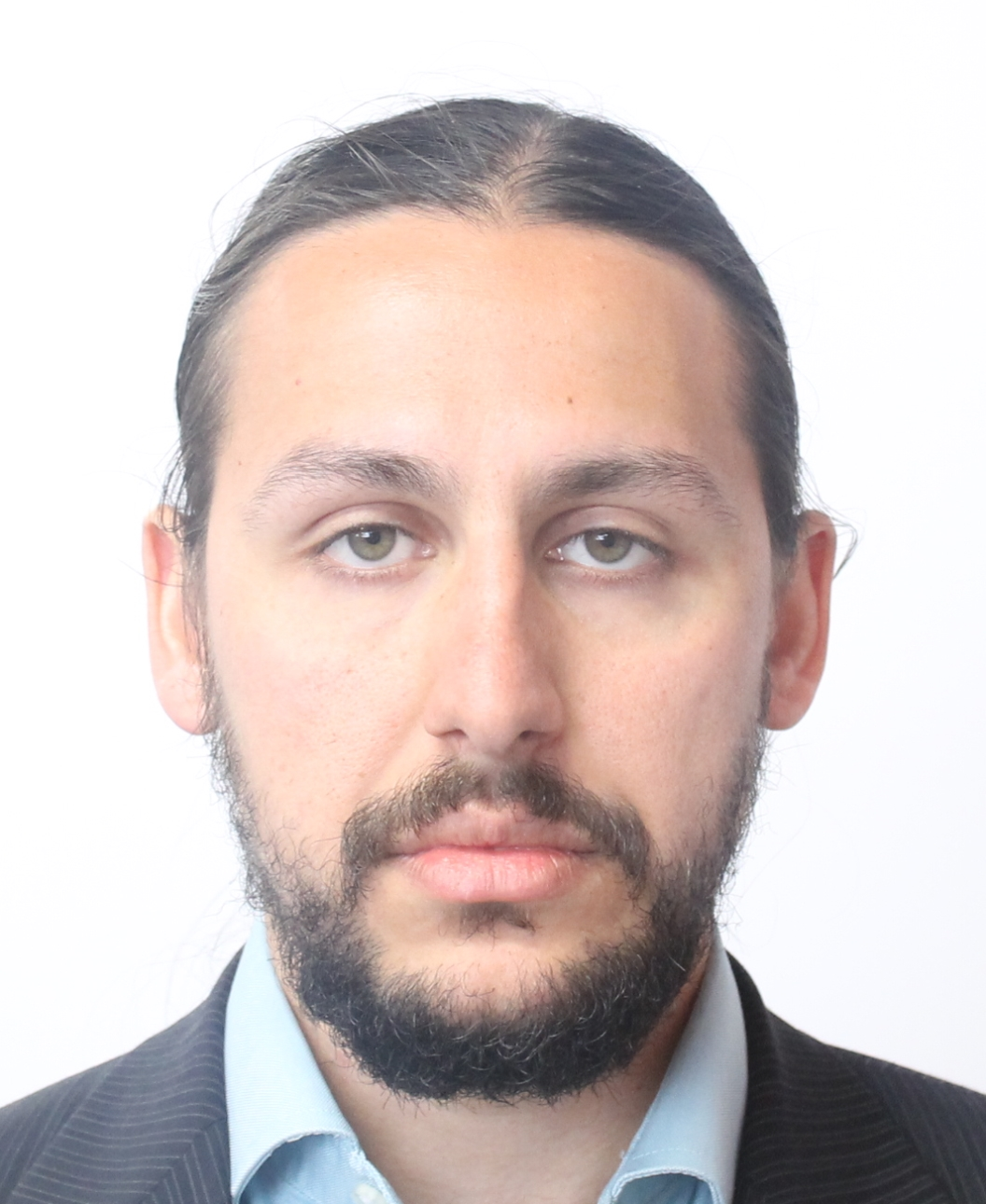Dielectric antennas for wireless systems at mm-wave frequencies and beyond
An antenna mediates between guided-waves and free-space fields, most commonly via acceleration of charges in conductive materials. These accelerating charges will in-turn perturb the free-space electromagnetic fields to which they are coupled, causing radiation of electromagnetic waves. However, this picture implies that antennas must necessarily be made primarily of conductive metal and, although this is suitable for the microwave range, where metals are close to ideal conductors, Ohmic loss unfortunately increases with respect to frequency.
To compensate for this, growing interest in reaching higher frequencies has spurred the fundamental re-imagination of antenna design, this time with a dielectric focus. As a result, a working understanding of the wireless systems of the present and future will demand a firm grasp of the core principles of dielectric radiators.
This talk will provide an overview spanning from classical microwave-range works, through the mm-wave antennas that low-temperature cofired ceramics have made possible, to contemporary cutting-edge all-dielectric radiators for terahertz and light-waves, which are etched photolithographically from high-purity semiconductors.
Date and Time
Location
Hosts
Registration
- Date: 16 May 2025
- Time: 05:00 AM UTC to 06:00 AM UTC
-
 Add Event to Calendar
Add Event to Calendar
- IN-PERSON: The University of Queensland
- Advanced Engineering building
- St Lucia , Brisbane, Queensland
- Australia 4072
- Building: 49
- Room Number: 653
- Click here for Map
Speakers
Dr. Daniel Headland
Dielectric antennas for wireless systems at mm-wave frequencies and beyond
Biography:
Daniel Headland earned his doctorate in Electrical and Electronic Engineering in 2017 at The University of Adelaide in Australia. The overarching topic of his doctoral thesis was beamforming of terahertz radiation, with a particular focus on the use of efficient silicon microstructures to construct nonuniform metasurfaces. The quality of Dr Headland’s thesis, which was titled “Efficient Terahertz-Range Beam Control Using Flat Optics,” was recognized by his alma mater with distinguished awards such as the University Doctoral Research Medal and a Dean’s Commendation for Doctoral Thesis Excellence. He then shared the knowledge that he gained with his broader research community by publishing a comprehensive invited tutorial article on terahertz beamforming.
Thereafter, Dr Headland obtained a competitive Australian Endeavour Research Fellowship to undertake abroad, at The University of Wuppertal in Germany, under the supervision of Prof. Ullrich Pfeiffer. His research activities primarily concerned the development of bespoke quasi-optics to enhance and extend the achievable functionality of advanced CMOS-based terahertz integrated system-on-a-chip devices.
From 2018 to 2021, Dr Headland was a Specially Appointed Researcher at Osaka University under the Core Research for Evolutional Science and Technology (CREST) program of the Japan Science and Technology, under the guidance of Prof. Tadao Nagatsuma. It was there that he developed his present focus of substrateless all-intrinsic-silicon micro-scale integration platforms that leverage the principles of guided-wave photonics for efficient, compact, handheld terahertz integrated circuits and systems. This addresses a major lack of a dedicated platform that is specifically suited to the unique needs of terahertz waves, and so to encourage widespread adoption, Dr Headland has since shared his knowledge with the research community with another comprehensive invited tutorial article.
At the conclusion of his time in Japan, Dr Headland’s distinguishment as an early career researcher was recognized with a competitive three-year CONEX-Plus research Fellowship under the Marie Skłodowska-Curie Actions framework to undertake at Universidad Carlos III de Madrid, in Spain, under the supervision of Prof. Guillermo Carpintero. The primary objective of this fellowship was the development of advanced terahertz lab-on-a-chip biosensing devices that adapt and leverage integrated quasi-optical techniques that Dr Headland originally pioneered in Osaka.
Recently, Dr Headland has been awarded a Discovery Early Career Research Award (DECRA) fellowship, which is a competitive and prestigious Australian Research Council’s program for early career researchers. As of the end of 2024, he is undertaking this research award at his alma mater, The University of Adelaide.
Address:The University of Adelaide, , South Australia, Australia

